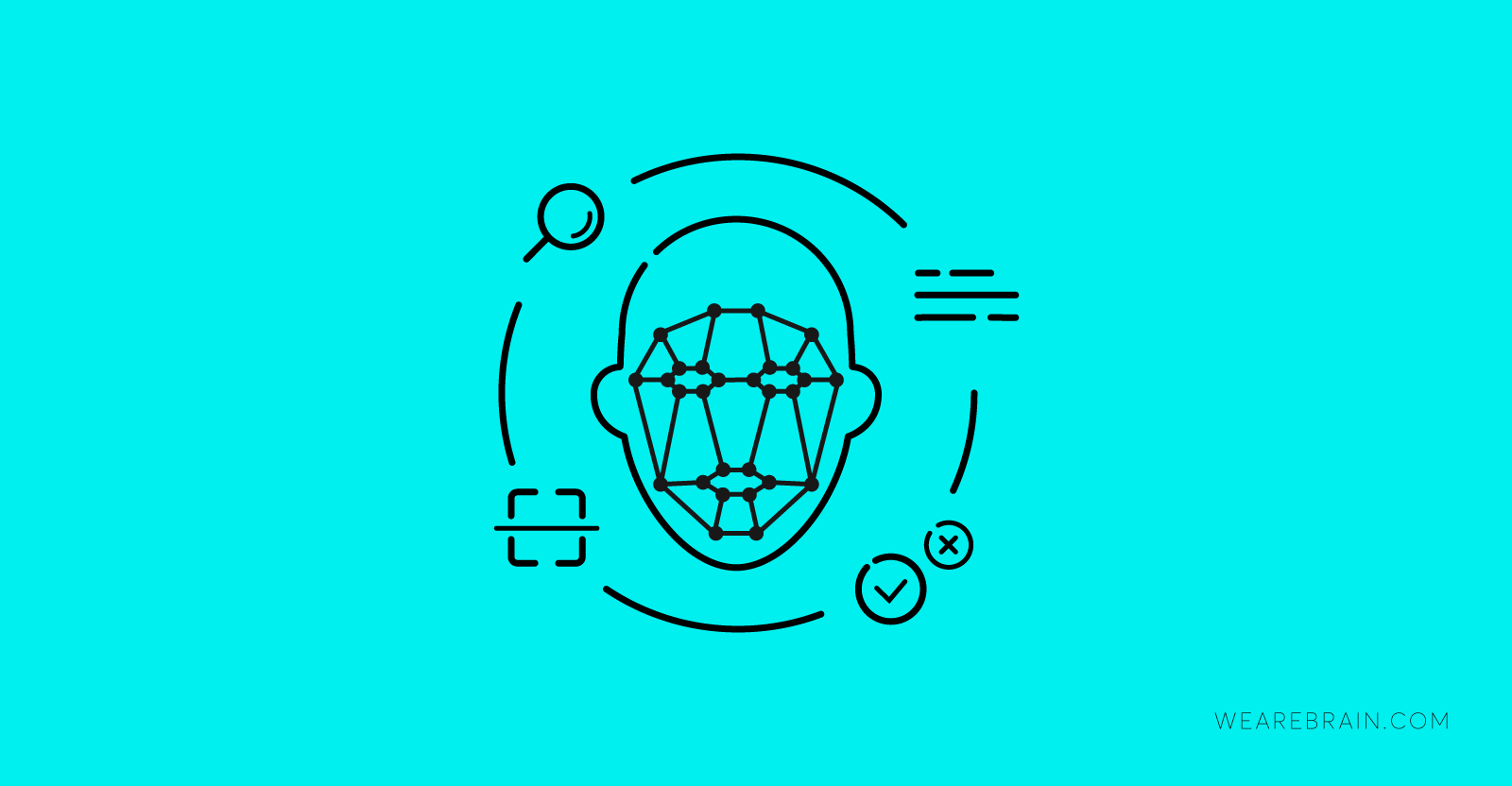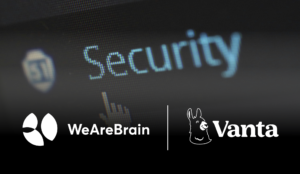Facial recognition technology – Part 1: What’s the fuss?

The idea of machines possessing the capability of recognising you amongst a sea of vastly different human faces is enough to make anyone’s skin crawl. And this uncomfortable feeling isn’t confined to just the technology-phobic sceptics and traditionalists either — even the prince of contemporary tech, Tesla’s Elon Musk, got the heebie-jeebies even thinking about what the future holds for this invasive technology but coming into 2019 it seems even he has embraced AI technology in what some might say is a crazy way.
So what is facial recognition technology all about? What exactly are its capabilities, and what are its intentions? How is it being used, by whom, and to what end? If you’ve heard of this tech before but haven’t the foggiest idea of how it works, then your friends at WeAreBrain have done the research and will answer all these questions to illuminate what this means for you.
This is the first instalment of a 3-part article series exploring the capabilities and benefits, as well as the controversy and politics of facial recognition technology. This article will kick off the series by explaining what facial recognition technology is and how it works. But in order to understand these elements we first need to familiarise ourselves with the basics — biometrics.
What is biometrics?
Biometrics is the measurement and statistical analysis of an individual’s unique physical and behavioural characteristics. Biometric authentication is where we are able to accurately identify people based on their intrinsic physical and/or behavioural traits. It is commonly used to identify and verify people to allow access to certain places or applications. Your smartphone fingerprint readers and facial recognition technology, as well as retina scanners at digitally savvy banks, are examples of biometric authentication. Also, if you’ve applied for a visa to travel to Europe or the USA you will have needed to supply biometric data like fingerprints and photographs so you could be accurately identified at immigration services.
What is facial recognition technology?
Facial recognition is a software application using biometric software technology that is capable of uniquely identifying a person by analysing and comparing patterns based on the person’s facial contours. It mathematically maps a person’s facial features and stores the data as a ‘face-print’ similar to a fingerprint database. Much like we all possess unique fingerprints which set us apart from the rest of humanity, we each have our own particular facial structure which can be used to identify and verify us from another.
How does it work?
Facial recognition software is highly advanced. It is able to identify over 80 nodal points on a human face. Nodal points are endpoints which in this case are able to measure certain variables of a person’s face, including the width or length of the nose, space between eyes and depth of eye sockets, and even the contour of the cheekbones. From this, the software captures all the data from each nodal point on a digital image of a person’s face and stores the resulting data as a faceprint. The application uses deep learning algorithms to compare a digital image to the stored faceprint to verify an individual’s identity. Once a faceprint is created and stored, it is used as a basis of comparison with data captured from faces in images and videos.
However, as sophisticated as this software is, it does inevitably have its associated teething problems at this stage. For instance, the software is able to identify a target individual only when the conditions are just right, such as good luminosity and front-on image capture. However, if the person’s face is slightly obscured or captured from the side, the software comes into challenges and is far less reliable.
Examples of facial recognition in everyday life
Although facial recognition may at first appear as a new and cutting edge technology, you may be surprised to know that it has been around since 1993 and there is an extremely high chance you have already interacted with it before reading this (cue the ominous baritones). In reality, facial recognition is rather common and has become part and parcel of our 4th industrial/digital revolution. If you have a smartphone or a laptop, caught a plane recently, or even walked the streets of a popular Western neighbourhood, you have most definitely already been captured and placed on a database housed in some shady offshore vault. Just kidding — or am I? More on this later in the article series.
The most common use for facial recognition which you will have been a (knowing or unknowing) participant deals with authentication and identification. High-quality digital cameras are being released with facial recognition technology housed in its software. The latest smartphones, like Apple’s iPhone X, use facial recognition and 3D mapping technology as an identification tool to unlock the phone and even to purchase items in the App Store. Apple encrypts and houses user faceprint data in the cloud, however, authentication occurs directly on each device.
Facebook uses facial recognition software to suggest accurate tagging in photos — something this copywriter knows first hand after constantly being mistaken for Nicole Kidman (#prettypeopleproblems). Facebook has gotten so good at identifying people’s faces that it often auto tags people, with sometimes alarming accuracy. We’ll talk more about this in Part 2 of this article series.
So, there you have it. A simple rundown on what facial recognition software is all about and how it works. In our next article we will talk about how facial recognition technology is being used and by whom, what the benefits of this software are, and some of its drawbacks. We hope you enjoyed reading and we’ll catch you in our next article. Happy Tuesday!
Mario Grunitz
Working Machines
An executive’s guide to AI and Intelligent Automation. Working Machines takes a look at how the renewed vigour for the development of Artificial Intelligence and Intelligent Automation technology has begun to change how businesses operate.







